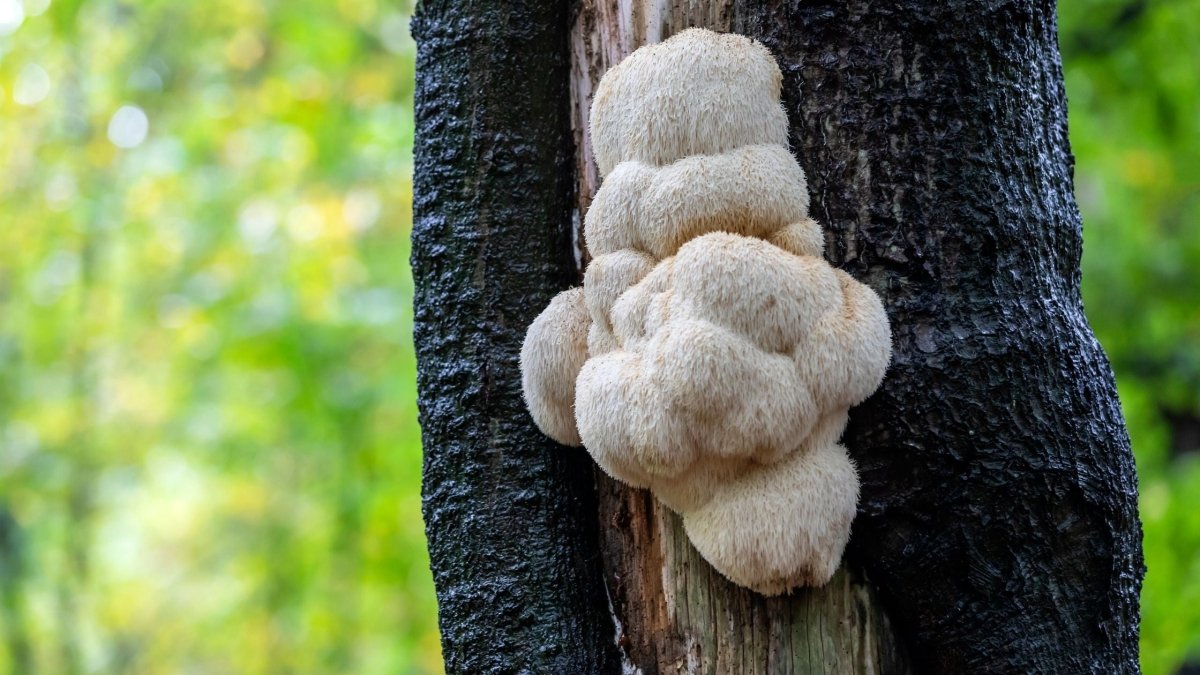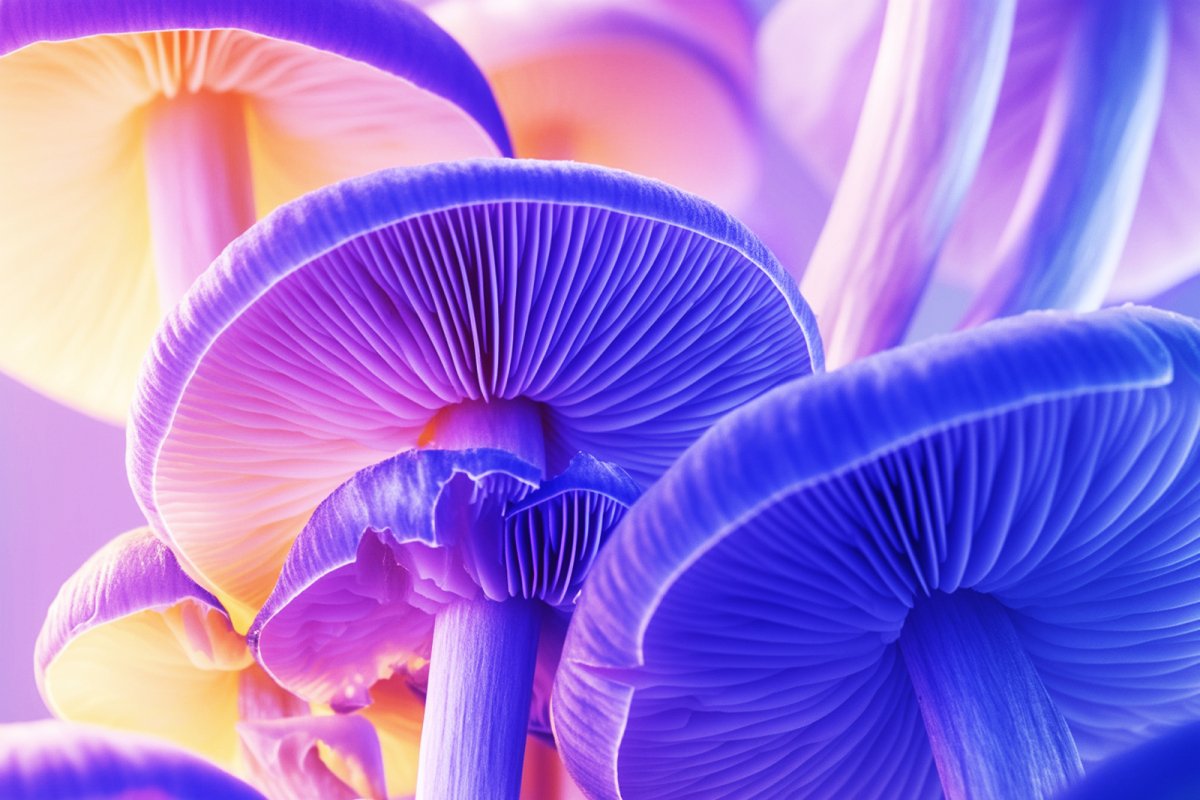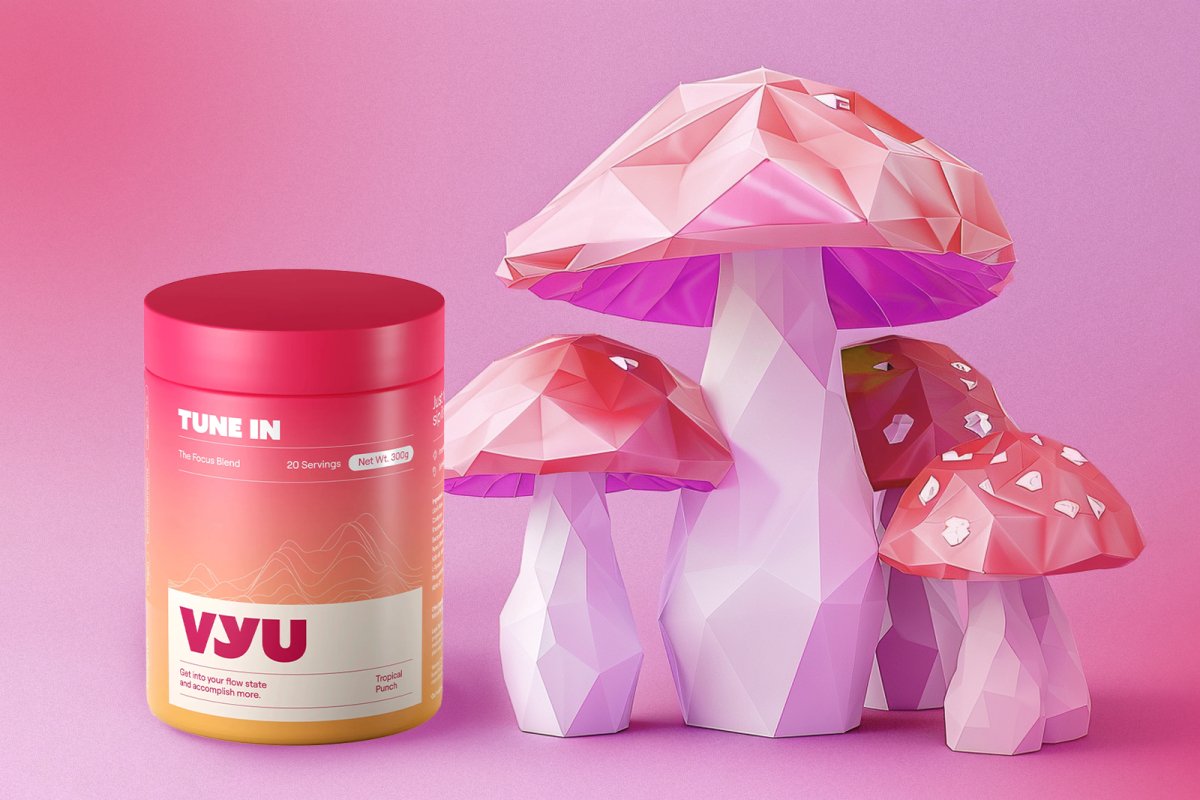

Lion's Mane Mushroom Look-Alikes
Published:
Updated:
The lions mane mushroom is not just a sight to behold, with its distinctive light fur-like appearance. It is also one of the most potent and useful medicinal herbs in existence and has been used in traditional medicine for hundreds of years.
You would think that such a unique and unmistakable mushroom would be impossible to mix up. Unfortunately, youd be off by just a tad. The lions mane evokes imagery of noble wild cats strutting about the African savannah with its lush, voluminous growth.
But, as luck would have it, so do many other species of fungi. And to a layman, telling these apart can be quite a challenge! That is why we have compiled this helpful guide, which will teach you in no time how to successfully identify lions mane and tell it apart from its relatives.
Key Takeaways
- Lion's mane mushroom is a distinctive and potent medicinal herb that has been used in traditional medicine for centuries. It grows on the bark of live and dead trees and is characterized by its white, fur-like appearance.
- To identify lion's mane mushrooms, look for their unique teeth-like strands hanging down from the base. These teeth are white, relatively long (over a centimeter), and hang downward with gravity. Bearded tooth mushrooms are actually lion's mane mushrooms and are sometimes referred to as hedgehog mushrooms.
- Lion's mane mushrooms can be found during the peak foliage season in autumn, primarily on hardwood trees such as oak, birch, and aspen. They are not rare and can be spotted in forests or purchased online in various forms, including capsules, tinctures, and powders, from reputable brands that prioritize quality and potency.
Lions Mane Mushroom Identification
The lions mane mushroom belongs to the genus Hieracium, and all species within this genus share some common traits. For one, they are all saprophytes, meaning they grow on the bark of live and dead trees.
Other mushrooms might look outwardly similar to the lions mane at first glance, but if you find them growing out of the ground, you can be sure that they are completely unrelated.
To tell apart lions mane from some of its closest relatives, youll need to look at the mushrooms body. The first thing you will probably notice looking at a lions mane is the thick web of fur-like strands hanging down from its base.
These are called the teeth, and they are how the lions mane propagates its spores. On a real lions mane, the teeth will be white, rather long more than a centimeter on average and hanging down with gravity, not facing upwards.
Bearded Tooth Mushroom vs. Lion's Mane
Many people mistakenly assume that the bearded tooth mushroom is one of those sneaky lions mane lookalikes, with its long white downwards-facing teeth.
In truth, however, what youre dealing with here is a simple misunderstanding: bearded tooth mushrooms are lions mane.
The lions mane goes by other nicknames as well. For example, in some guidebooks, you might see it being referred to as the Hedgehog Mushroom.
Lions Mane Mushroom Spore Print
If you really want to, you can make a spore print of a lions mane quite easily to determine its exact sub-species. For most, this will not be necessary.
There are a few closely-related species of Hieracium that we consider to be lions mane since they all share very similar physiology and health effects.
To make a lions mane mushroom spore print, take a sample of the mushroom back home with you and place it on a dark background. This will make the white spores stand out easily.
Let the mushroom sit like this for at least a few hours. If you wait long enough, you will quickly see a sheet of white, round spores deposited on the surface.
To make extremely fine determinations of species and subtypes, youll need to analyze these spores under a microscope. But if everything up to this point fell in line with what you see in the mushroom you picked, you should be fairly safe in assuming its lions mane.
Lions Mane Mushroom Host Trees
As mentioned previously, lions mane is a saprophytic mushroom that only grows on trees.
If you want to ensure that the fungus youre looking at is a lions mane, one good thing to know is which particular trees this mushroom prefers to take as hosts.
Unfortunately, the answer is fairly broad. Depending on the climate, the lions mane can be found on many different kinds of trees.
However, it should be noted that the fungus does show up more often on hardwoods. This includes oak, birch, and aspen trees.
When to Find Lions Mane Mushrooms
The lions mane mushroom has a pretty consistent life cycle. You should find it most easily during the peak foliage season in autumn. Of course, when exactly this will depend on your climate.
For example, if you live in the Northeastern US, you might receive below-freezing temperatures as early as October. In this case, lions mane will be the easiest to find from August to September.
In other places, you might have a more prolonged, milder fall and early winter season to contend with, which can make things easier.
Where to Find Lions Mane Mushroom Products
Lions Mane grows almost exclusively throughout the northern hemisphere, particularly in Asia's colder, semi-humid forests, Northern and Eastern Europe, and North America.
Despite claims to the contrary, lions mane isnt rare. A nice walk through your nearest forest during peak fall, keeping your head held high and on the lookout for odd growths on the sides of tree barks should suffice to spot at least a few.
Of course, thanks to the lions manes enormous popularity as a medicinal herb, you dont have to venture out into nature to find them these days. They can be just as easily ordered online!
These are some of our absolute favorite lions mane products available today.
Capsules
TheLions Mane Brain and Focus Supplements by RealMushrooms contain just about everything you could ask for from a high-quality, mushroom-based dietary supplement.

The extract is grown organically, sustainably, and 100% from natural mushroom fruiting bodies. You get full nutritional info on the back of the bottle, including a certified beta-glucan count. They are fitted in generous, efficient packaging.
There are very few competitors on the market today that can tick off all of these measures of quality and trustworthiness, which makes RealMushrooms a no-brainer to us.
The Genius Brand might very well be one of those very few. Sure, their Genius Mushrooms arent a pure lions mane supplement they are also packed with extracts of reishi and cordyceps.

But save for that and the accordingly somewhat higher price tag; you get the same measure of quality, responsible sourcing, and high potency. Perfect for those who want more than just a lions mane mushroom product!
And speaking of more, theres only one serious choice out there if you seek the highest possible dosage, no excuses. Toniqs Ultra Concentrated Lions Mane packs a whopping 18,000 mg of raw mushroom into each cap, easily defeating the competition!

We know of hardly any mushroom supplements as highly-concentrated and as potent as this one and even if there are some, we doubt they could match Toniqs demonstrated standards for extraction quality, refinement, and efficiency.
Tinctures
A liquid lion's mane tincture may be more convenient to take regularly than a capsule-based supplement.
Whether you have trouble swallowing or would instead let your daily dose of lions mane blend in more smoothly with the rest of your diet, something like Uphoric Urths Lions Mane Extract could be a great choice.

It contains everything you need and not a drop more just a super-high-quality, fresh mushroom fruiting body extract, straight from the lions mane!
Alternatively, Mary Ruths has always been a leader in quality tinctures, and their recent Lions Mane Supplement is no exception. A single bottle at the standard recommended dosage will last you two months, a great value proposition.

Unlike some other brands, Mary Ruths bets on a slightly more expensive and complex glycerine-based extraction process. Compared to the more widespread alcohol-based process, this retains more of the crucial mushroom nutrients and active ingredients.
Powder
Out of all kinds of mushroom supplements, powders offer the greatest degree of versatility and often the most excellent value.
Our longtime favorite remains the Lions Mane Certified Organic Powder by Om Mushroom Superfoods. Om is an industry leader in quality, accountability, and value.

For less money than many competitors ask for, you get more mushrooms a standard bag contains 3.5 ounces, and the extract is very highly-concentrated.
Oms Certified Organic fresh mushroom extract is also more nutritious and refined than that of most powders weve tested.
RealMushrooms also makes their own Lions Mane Powder, and it is no different in quality compared to their capsule supplements. If youre a fan of the brand already, this might be a great choice.

Lions Mane Mushroom Benefits
The lions mane has been consumed for its nutritional benefits for literal millennia, but it is its hidden powers to supercharge our health that make it so unique.
Going over every proven health benefit linked to the lions mane would be too much for a simple guide such as this, so consider the following to be a basic overview.
- Lions mane has the unique ability to moderate blood cholesterol levels, a trait that should make it particularly desirable for people with diabetes.
- Known as the smart mushroom, lions mane has been linked to countless beneficial effects on the nervous system and brain health.
Lion's Mane Mushrooms Look-Alikes
If you are still looking to harvest some fresh lions mane in a forest near to you, keeping a list of the most common lions mane look-alikes and how to identify them would be a good idea.
You should have no trouble with most similar mushroom species as long as you stick to the general guide on identifying lions mane above. However, a few will eventually stick out.
Lets talk about them briefly here.
The comb tooth mushroom, or Hericium coralloides, can appear confusingly similar to a typical lions mane. It shares the color scheme, rough size, and fluffy, teeth-laden appearance.
However, there are some small, key differences: the comb tooth only grows on dead trees, and its teeth tend to subtly divide into branches, whereas a lions mane will always appear like one solid mass.
Another mushroom is often confused with the lions mane due to sharing its alternative nickname, the hedgehog mushroom.
Its scientific name is Hydnum repandum, and though its teeth can look very similar to the lions manes, it tends to display a very different color scheme, closer to orange or tan than white.
Also, on closer observation, you are bound to notice that repandum grows a noticeable cap and stalk, like many other types of fungi, whereas the lions mane does not.
VYU Blog Disclaimer
The information provided on the VYU blog is intended solely for informational and entertainment purposes. It should not be used as a substitute for professional medical advice, diagnosis, or treatment.
Always seek the advice of your physician or other qualified health provider with any questions you may have regarding a medical condition or treatment and before undertaking a new healthcare regimen. Never disregard professional medical advice or delay in seeking it because of something you have read on this website.
For more information, check out our FAQs and contact page.
Blog posts
-

Host Defense vs. Om Mushrooms vs. VYU
Compare Host Defense, Om Mushrooms, and VYU for your health journey. Find out which offers the best blend of taste and benefits. Elevate your wellness today! -

Genius Mushrooms vs. Om Mushroom vs. VYU
Learn why VYU is the superior choice for functional beverages, offering exceptional taste and health benefits to boost your mental performance -

Om Mushrooms vs. Four Sigmatic vs. VYU
Compare Om Mushrooms, Four Sigmatic, and VYU for your health journey. Choose the ideal beverage to boost your wellness today!
Sign up to our productivity newsletter
and get 10% off your first order.



